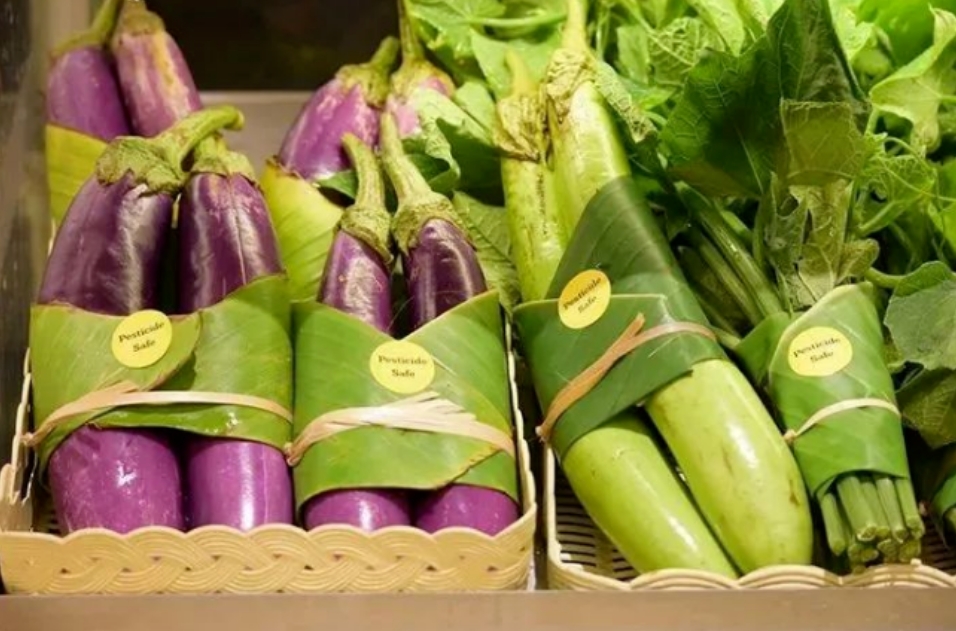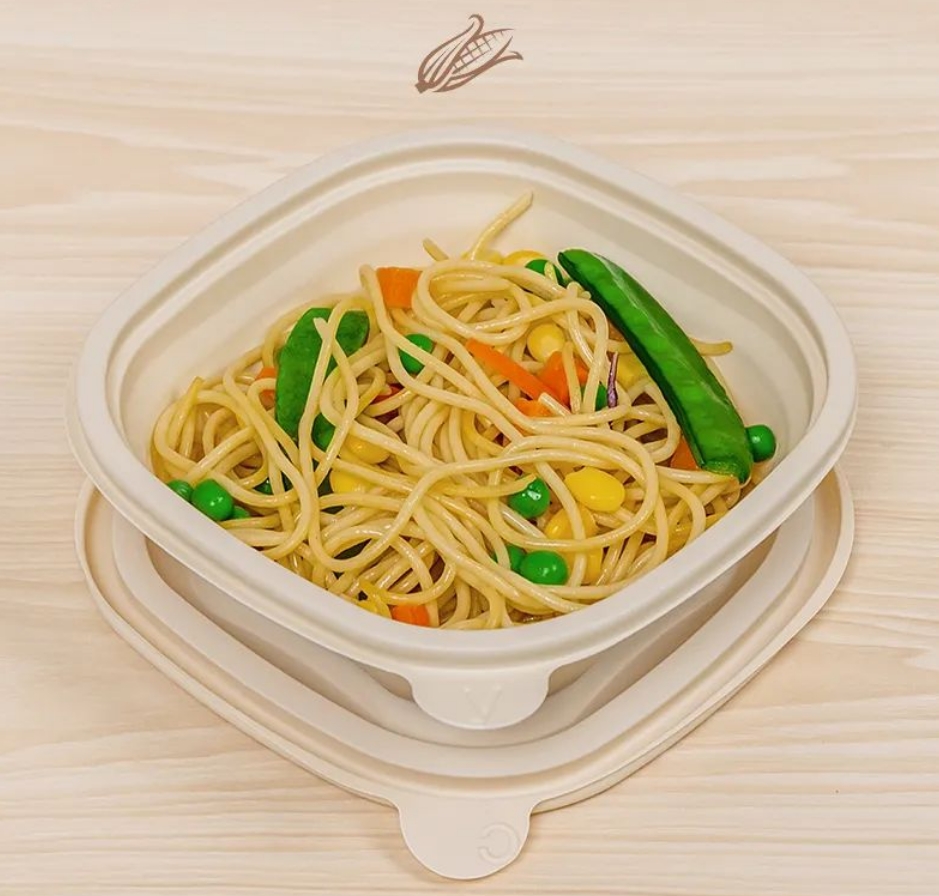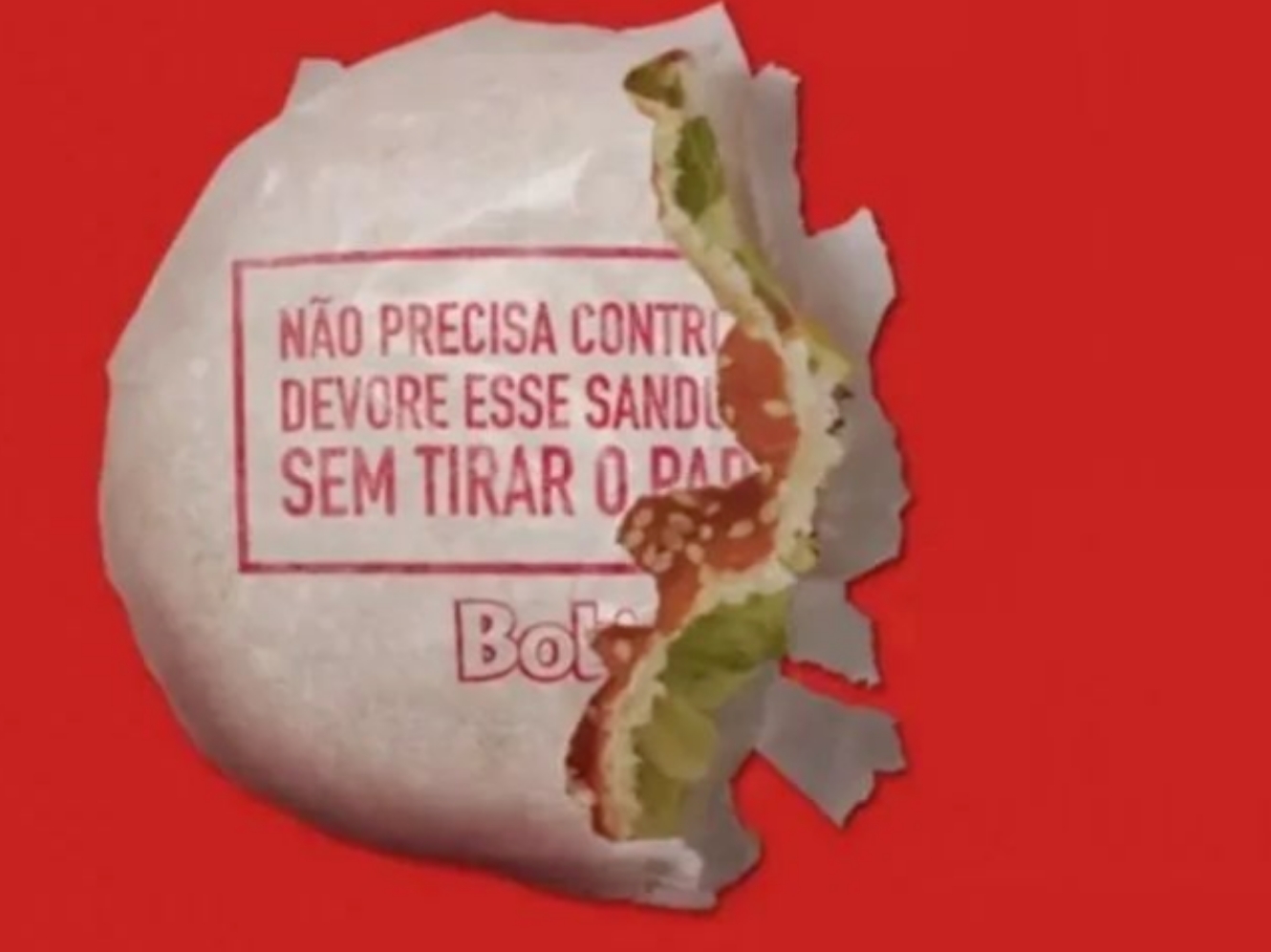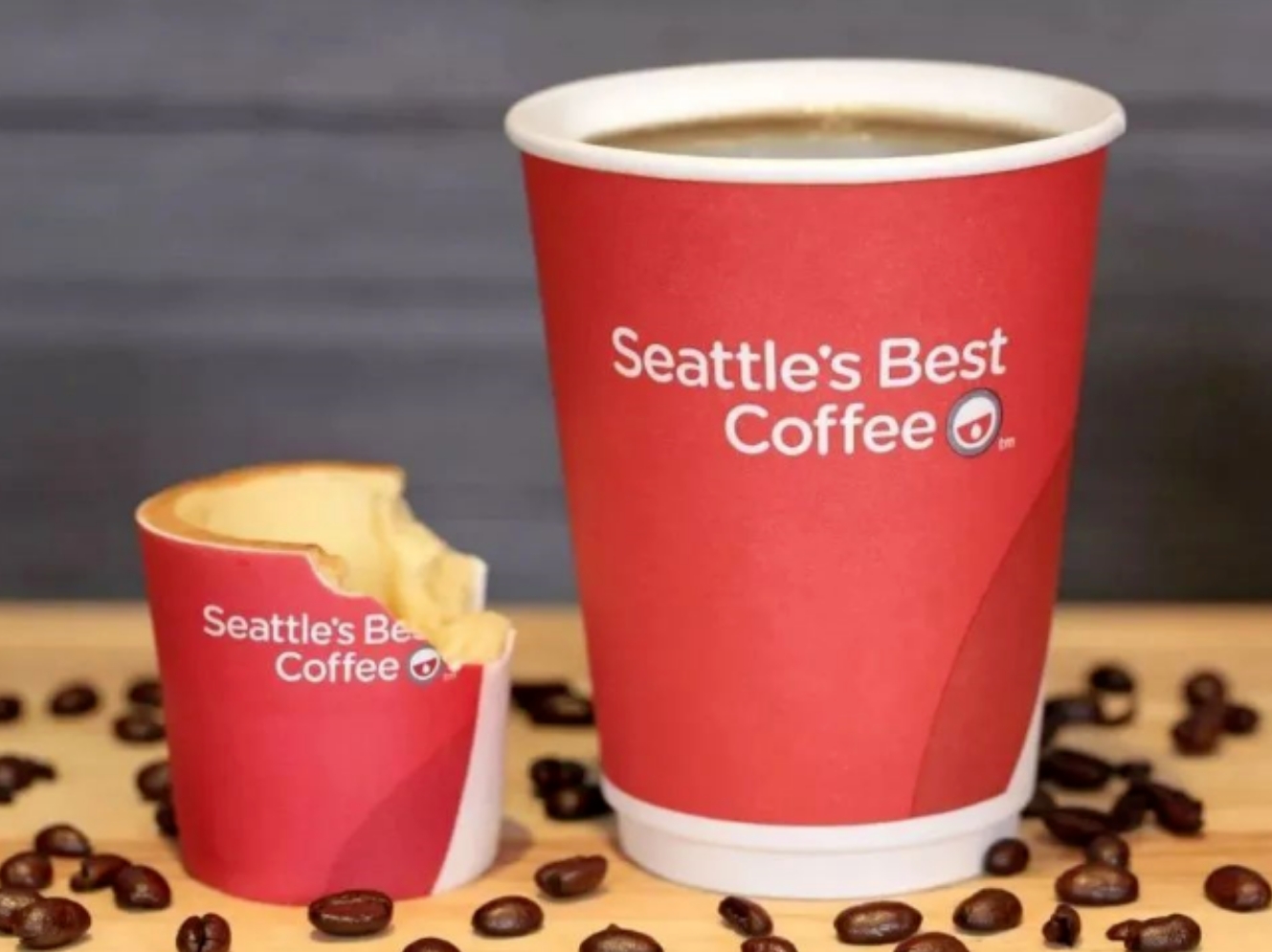Green packaging materials include paper products, natural biomaterials, biodegradable materials and edible materials, which are like environmental protection squads, playing their respective strengths, and contributing to the protection of the earth together.
Paper-based materials, derived from natural wood resources, have the unique advantages of rapid biodegradation, convenient recycling, and a wide range of applications. This makes paper the most common, most widely used and oldest green packaging material in China. Its representative products include honeycomb paperboard and pulp molding.After use, paper packaging not only does not pollute the ecological environment, but also degrades into nutrients and returns to nature.
In today's increasingly competitive packaging materials market, despite the challenge of plastic and foam materials, paper packaging still occupies a place by virtue of its unique advantages.
Natural Biological Packaging Materials
Natural bio-packaging materials, mainly derived from plant fiber and starch, of which natural plant fiber accounts for more than 80%. These packaging materials are non-polluting, renewable, simple to process, beautifully shaped, practical and plain.When they are abandoned after use, they can be effectively transformed into natural nutrients, realizing the perfect integration into the ecological cycle from nature to nature.
At the same time, many plants themselves are natural packaging materials, and with a little treatment, they can become packaging full of natural flavor.For example, leaves, reeds, gourds, bamboo tubes, etc., these natural flavor of the packaging beautiful shape, and contains a unique cultural flavor. When people touch these packages, it is as if they can feel the original experience of returning to nature.

Biodegradable material is an environmentally friendly alternative designed to reduce the environmental impact of traditional plastics. It is based on plastics that are made by adding raw materials such as photosensitizers, modified starch, and biodegradable agents to reduce the stability of the plastic and accelerate its rate of degradation in the natural environment.In this way, these materials can be rapidly decomposed in the natural environment and returned to nature after their mission is accomplished, either through the action of microorganisms in soil and water, or through the action of ultraviolet rays in sunlight.
Traditional biodegradable materials that are currently in more mature use include starch-based, polylactic acid and PVA films. These materials not only have the functions and characteristics of traditional plastics, but can also be decomposed and returned to nature in the natural environment through microbial action or ultraviolet light after accomplishing their mission.
In addition, other new biodegradable materials, such as cellulose, chitosan and proteins, also have great potential for development. Corn starch-based lunch boxes are the more common biodegradable lunch boxes on the market today, which have the advantages of being biodegradable, good strength, non-leakage, odorless, good temperature resistance and grease resistance.

Edible Materials
Edible materials are mainly made from materials that can be directly consumed or ingested by the human body, such as lipids, fibers, starches, proteins and other renewable energy sources. These materials have matured and come to prominence in recent years as technology continues to evolve.However, the fact that these materials are food-grade raw materials and need to meet stringent hygienic conditions during the production process has resulted in relatively high production costs, which is not conducive to the commercialization of their use.
Nevertheless, edible materials still have great potential for development, especially in the food packaging and biomedical fields. For example, Bob's fast food restaurant in the United States introduced edible burger wrappers that can be eaten directly or used as napkins. There is also the Coffee Scoff-ee cup developed by KFC that allows one to take a bite out of the cup even after drinking the coffee! The cups are actually sugar-covered cookies with a layer of edible sugar paper and heat-resistant white chocolate inside.





